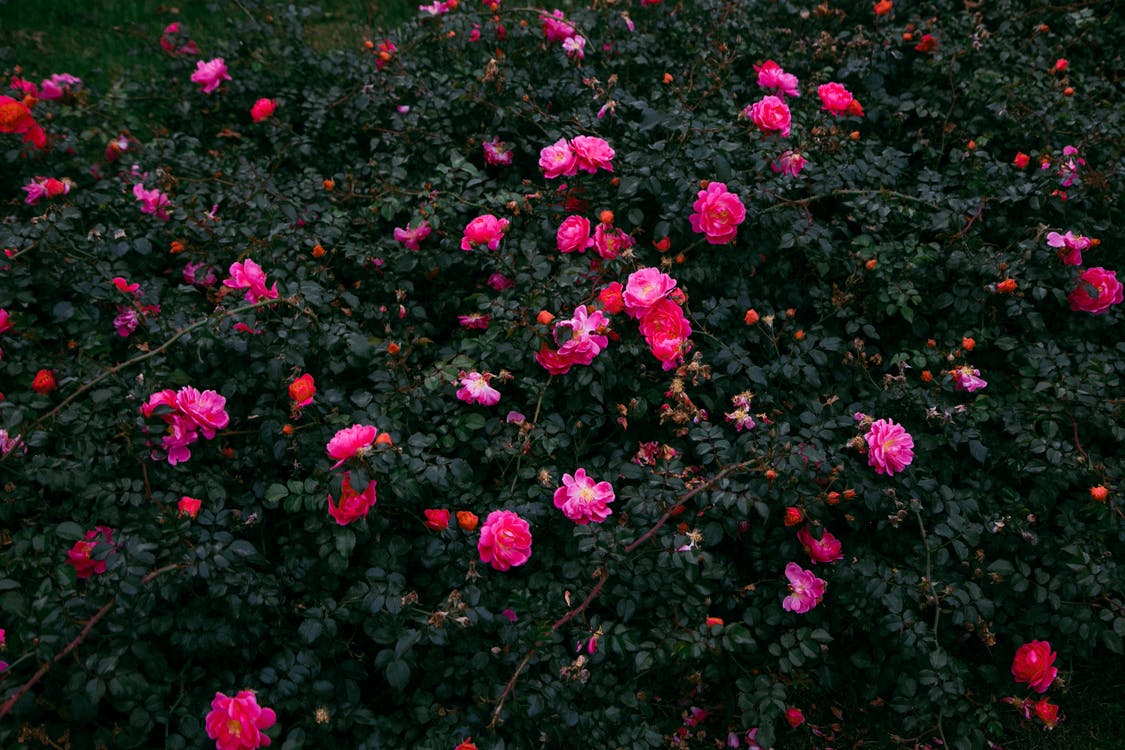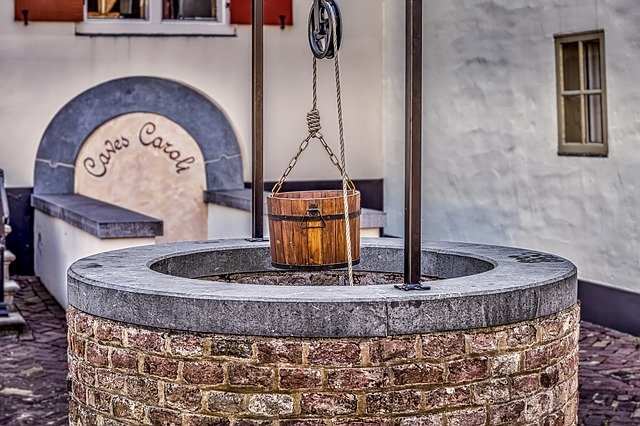Growing and Caring for Climbing Roses (Part 2)
Hello, and welcome back! You are reading this post because you liked our previous post on Growing and Caring for Climbing Roses (Part 1). This article will cover:
- Pruning the climbing rose;
- Diseases and pests;
- Multiplication of the climbing rose
Pruning of climbing roses
Pruning the climbing rose is necessary to control the extension of the rose on the support, limit the vegetation volume, and favour aeration within the branch (essential to avoid diseases), then favour the formation of numerous flower buds. Climbing roses flower more on branches trained horizontally or obliquely. The sap rises less quickly and therefore benefits all the buds along the branches, which, well fed, produce secondary branches all bearing flowers.
Pruning climbing roses is done in March, after the last heavy frosts:
Start by removing dead, poorly placed or ancient branches at the base.
Tie the remaining branches to the support, inclining them at 45° or laying them horizontally. If necessary, detach the oldest ones to spread all the branches on the support by spacing them 30 or 50 cm apart.
Cut off all secondary branches above the second bud on these trained branches.
Diseases and parasites
Aphids are the main pests of the climbing rose. They congregate on young shoots and buds, where the plant tissue is most tender. Although flowering may suffer, aphids will never kill such a rose because they are much more vigorous and resistant than “small” roses. Simply letting ladybug larvae and other aphid predators do their thing will decimate these unwanted invaders.
Black spot is the most virulent disease on climbing roses. It is caused by a fungus that develops in summer on the leaves in hot, humid conditions. Rainy summers, but also and especially sprinkling watering, are very favourable to its appearance. Almost round black spots form on the leaflets, which eventually turn yellow and fall off. This is why they should be trained on a support 10 to 12 cm away from the wall, then pruned every year to favour good ventilation within the foliage, guaranteeing a quick drying, then constantly watering them directly at the foot without touching the leaves.
The other frequent disease on climbing roses is powdery mildew. It is also a fungus but develops in dry and relatively warm conditions, between 20 and 25 °C. It then creates a white felting on all the tender parts of the rosebush and pushes suckers through the tissues to feed. The leaflets curl up, and the flower buds cannot open. The curative response to an attack is to spray with a sulphur-based product. Preventively, once again, it is necessary to take care of the plantation, as well as the pruning for aeration.
Multiplication of the climbing rose

The climbing rose can be multiplied by grafting or cuttings.
These roses are grafted in August.
Take a graft (called here a scion) from the rose tree you wish to reproduce. This scion is a flap of bark about 2 cm long, at the level of a bud and the leaf’s petiole at the axil of which it is located. This fragile patch can be delicately “peeled off” with the blade of a well-sharpened grafting machine. The blade must indeed take some bark without cutting the wood, the hard part under the bark.
The rootstock is another rose tree, dog rose, etc., with a stem diameter of about 2 cm. For climbing roses, the most suitable rootstock is Rosa canina. The grafting is done 3 to 5 cm above the ground, on a rootstock rooted in the ground. With the tool’s tip, cut the bark vertically in a T shape for about 3 cm in length. Peel off the bark with the spatula of the grafting tool, then slide the dinghy into the slit, making sure to put the bud facing up. Place the rootstock’s bark on the scape, then bind with wet raffia loosely.
The graft will be successful if the petiole falls off by itself in autumn, a sign that the graft has found its seasonal rhythm, with the fall of leaves at the end of the year…
Cutting
The best time to quickly take cuttings of climbing roses with maximum success is between July 15 and September 15.
With pruning shears, take long shoots from the ones that have developed since the beginning of the year. From these shoots, locate the area where they change from tender (green) to woody (brown). Cut off sections about 20 cm long. Remove all but the top two leaves. Soak the base of your cuttings in a glass of water, drain them, then dip them immediately in hormone powder for 1 to 2 cm long. Tap them to remove excess powder. Prepare a mixture of equal parts of river sand and seedling soil in a pot, then make vertical holes with a stick. Insert the cuttings two-thirds of the way down the sides of the pot, without the powder touching the sides, so as not to remove the powder. Pack the soil around the cuttings a little. Water, and cover the pot with transparent plastic without this film touching the cuttings. Place the pot outside in the shade. The excellent recovery should show itself two months later by the development of buds.
Ecological advice
To be sure of acquiring a climbing rose that does not require any preventive or curative treatment, you should choose those that carry the ADR label (Allgemeine Deutsche Rosenneuheitenprüfung). This distinction has been awarded in Germany for over 50 years. The roses are tested for 3 years without any treatment in 11 rose gardens throughout Germany.
Good to know: other climbing roses are also resistant to diseases without having competed to obtain the ADR label…
A little history…
Most so-called climbing roses are, in fact, spontaneous mutations of shrubby varieties. So, one day, a rose tree starts to climb…






1 Comment
[…] our following article, we will […]